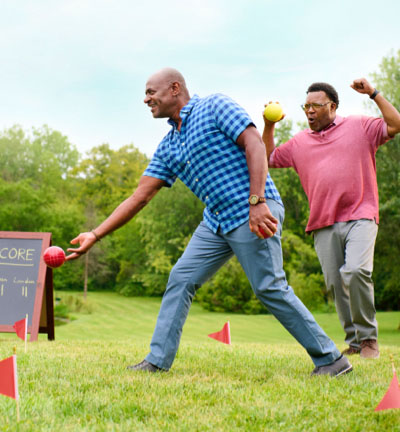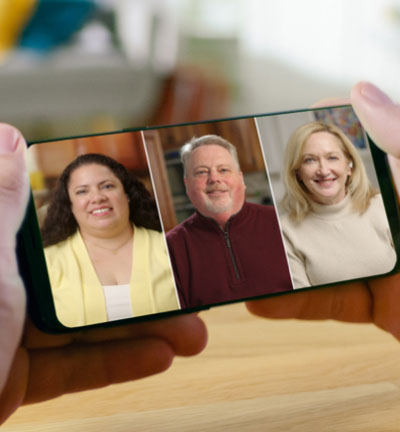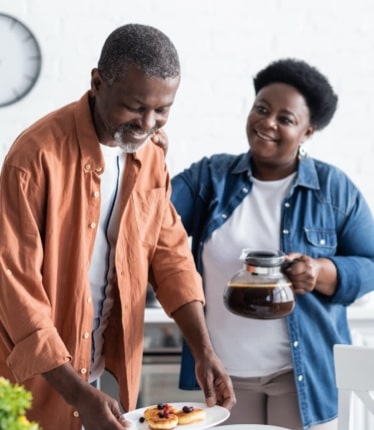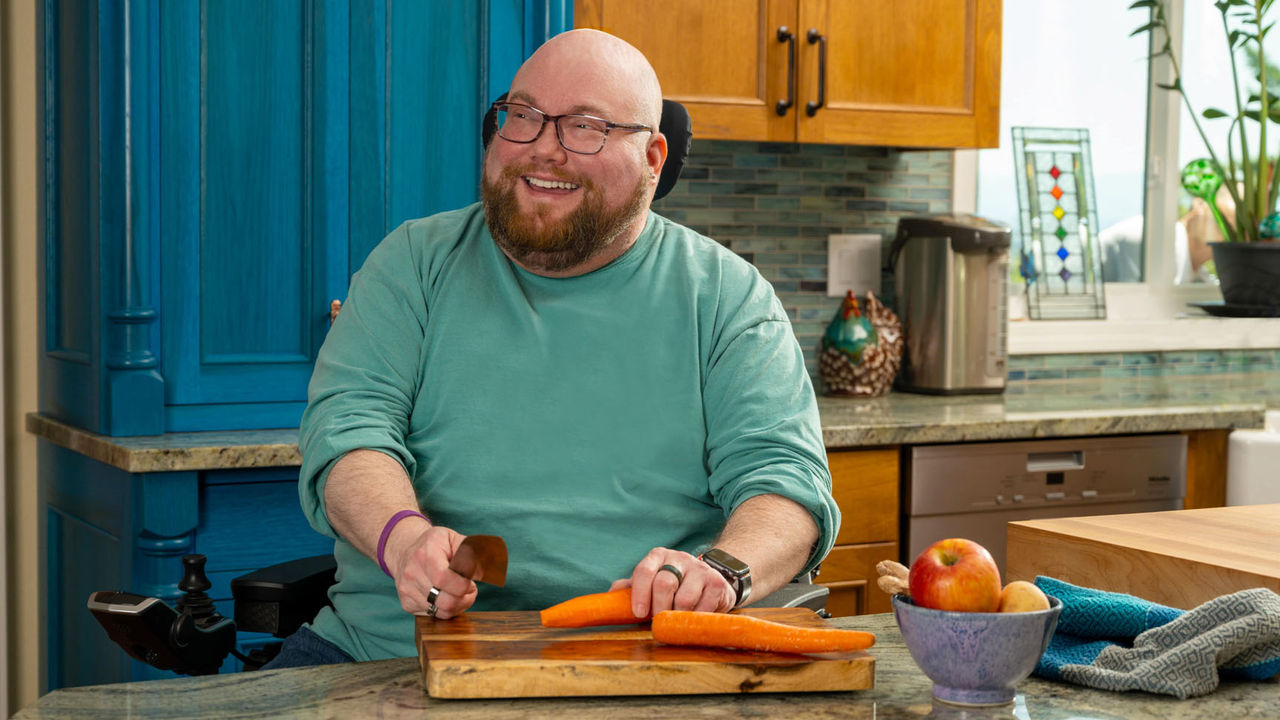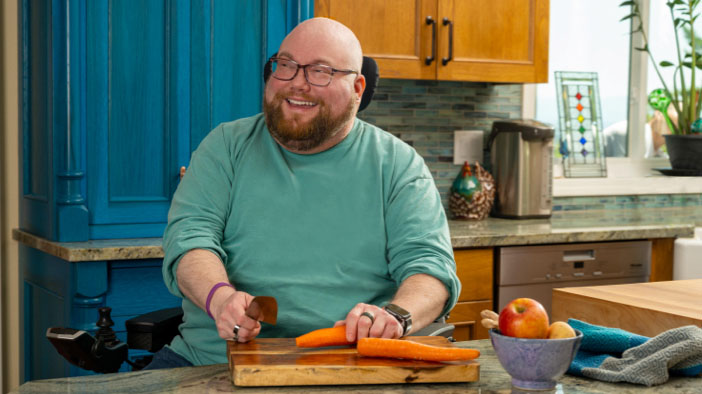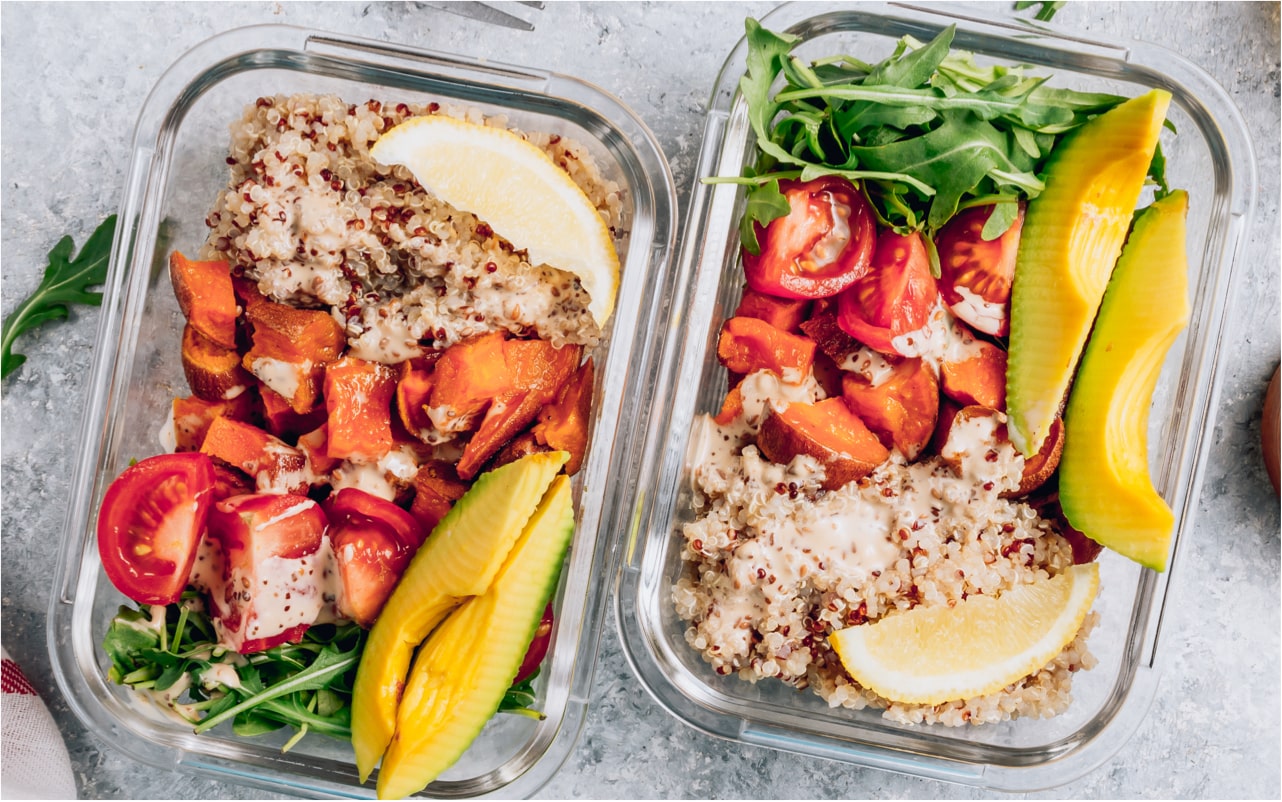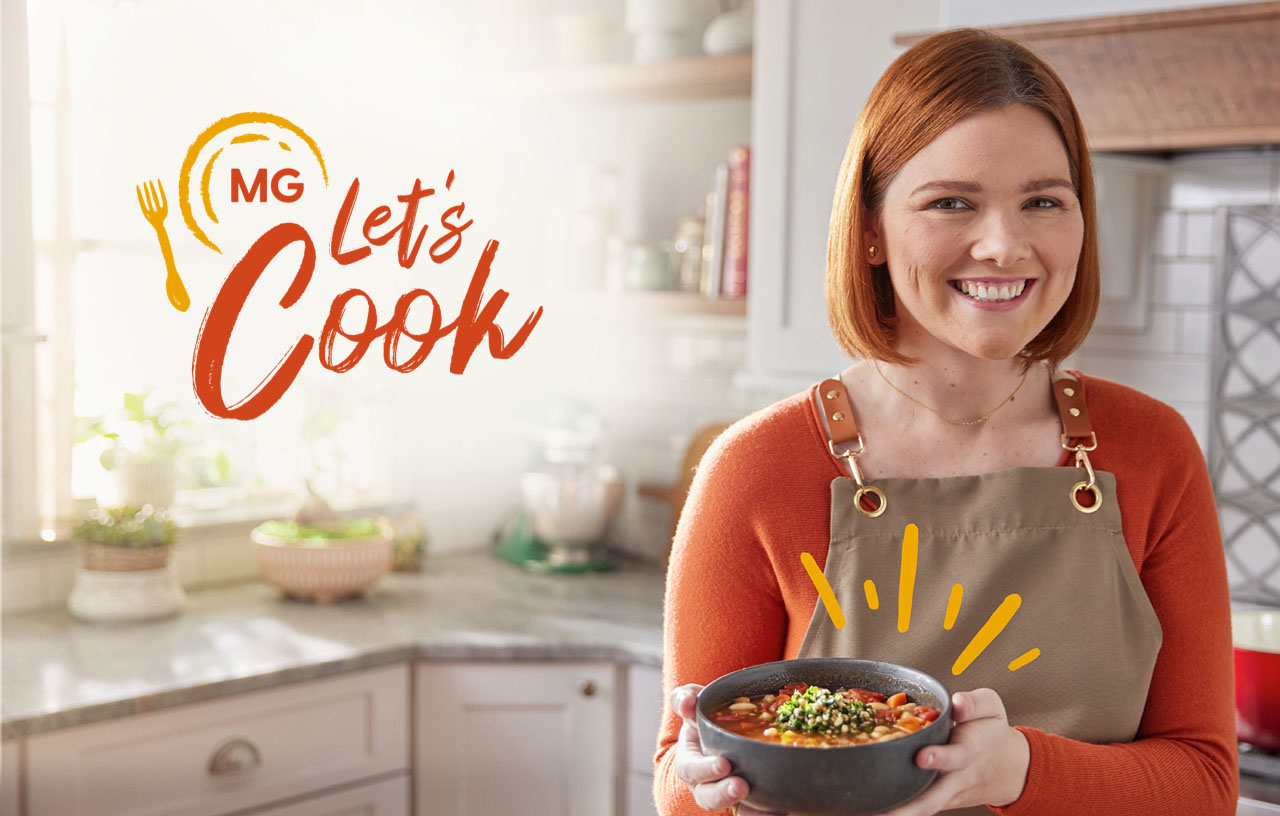Living with myasthenia gravis (MG) may make grocery shopping challenging, but these tips may help.
Dawn,* who lives with MG, says, “Going to the grocery store can be difficult if you're having problems with your energy, feeling fatigued or having muscle weakness.”
As you may know, MG symptoms can include (but are not limited to) muscle weakness in the arms and legs, eye-related symptoms, shortness of breath and fatigue.1-3 People living with MG may feel like they have to plan when getting groceries, while keeping their symptoms in mind. These plans can include ways to help conserve energy, increase efficiency and minimize stress.
Tracking symptoms regularly with the Myasthenia Gravis Activities of Daily Living (MG-ADL) scale may be a good part of your strategy, as it can help paint a picture of how MG affects you in your everyday. In fact, there are quite a few benefits to tracking your symptoms. For one, since MG symptoms can fluctuate, it’s a great way to better understand how you’re doing, and two, it can help make a connection between your symptoms and their effect on your daily activities, like how they might affect grocery shopping.4
In addition to tracking symptoms, there are a few tips and tricks from the MG community to keep in mind before grocery shopping, during and after.
Before grocery shopping
Learning, and then avoiding, a grocery store’s peak hours may be helpful. Dawn recommends taking the guesswork out of discovering each store’s busiest times by simply asking customer service, “They’ll know!” says Dawn. “And some stores even have special times for seniors to shop, so they can take their time and get assistance if needed.”
In fact, Dawn believes an MG-friendly grocery store is determined before you even go inside. “Starting with the doors: Are they easy to open regardless of your ability level? Are they sliding or automatic doors so you can conserve your energy?”
Zach,* who lives with MG, also stresses the importance of accessibility before the shopping begins. In addition to avoiding peak hours and/or certain days of the week, he explains, “It can be a hassle to find accessible parking at some stores. With some places, you need to learn the secrets like, ‘OK, I can’t find convenient parking by the main entrance. But there are usually spots around the side of the building by the garden center and then I can use my wheelchair.’” He mentions that using an electric cart or a wheelchair may make parking farther out, when necessary, a bit easier.
During the shopping experience
Another marker of an MG-friendly grocery store—shopping carts. Cart availability and a variety of cart choices may be important. Smaller shopping carts (sometimes called two-tier or convenience carts), plastic carts (which are often lighter than metal carts) and motorized or electric shopping carts are all good options, depending on your particular needs. “Don’t be afraid to utilize those motorized carts and conserve your energy if you're feeling fatigued,” says Dawn. “In the past, there were times when I felt embarrassed because I needed to use one of those carts. But at the end of the day, it’s more important that I get my groceries, so it's OK.”
Once you’ve selected your cart, navigating a large store with a confusing layout may be a source of fatigue—crisscrossing aisles to try and track down new or moved items, searching for the restroom, etc. “I have definitely stopped shopping in the middle of a trip. I came here to get thirty things. I have ten, and that's all I can do,” says Zach. “And that’s fine!” Zach and Dawn both recommend asking a grocery store employee for help, whether it’s finding specific products or putting heavy items or items from high shelves into your cart. Also, in many stores, an employee can even accompany you during your entire shopping trip if requested. “Getting groceries has made me ask people for help… which I wouldn't ordinarily do,” shares Zach. “But I think that's actually been good for me, even though it's been a change.”
Dawn has another energy-saving tip: “Skip self-checkout!” Having someone scan and bag your items may be a helpful strategy to save even more energy. Another great piece of advice is to not go at it alone. “Bring a friend. They can make everything so much easier; they can push the cart, carry heavier items and help you reach things if you’re in a wheelchair or motorized cart,” suggests Zach. “Shopping with MG, especially if you’re newly diagnosed, can be a little overwhelming. But if you have a friend who's there helping you, and you two can enjoy each other’s company, it can really lighten your mood.”
My number one piece of advice: Don't make yourself finish shopping if you’re feeling fatigued.
Developing your MG-friendly shopping list
Whether it’s upper body weakness that makes food prep difficult or issues with chewing and swallowing, people living with MG may feel like they have to settle when it comes to cooking and eating. But with a few simple tips and guidelines, you can make meals that are MG-friendly (meaning they may be easier to prepare, cook and chew).
For instance, soft snack foods—sweet and savory, such as hummus, pudding and apple sauce—may be good to keep in your kitchen and are great for all ages. “You will always find things like hummus in my cart. I don't think I leave a grocery store without hummus,” shares Dawn. “It's MG-friendly, and it's family-friendly.”
Frozen foods, including fruits and vegetables, are good options so that you can enjoy their nutrients without the shorter expiration dates. Adding a couple of frozen, pre-made meals to your cart may be a good idea too, as they are a convenient and filling option when you don’t feel up to cooking. “Another thing I’ve learned is that if I’m unable to cook, buying certain foods like convenience foods is OK,” Zach shares, “because the most important thing is making sure my body’s fed.”
Similar to frozen items, shelf-stable goods are also helpful to have on hand. These can include canned foods like soup and beans, rice, pasta, boxed macaroni and cheese, oatmeal, grits and milk (plant-based milks are often boxed and some stores have boxed dairy milk).
MG-friendly produce ideas include pre-cut veggies, herbs and fruit (to limit peeling and chopping). Zach likes grabbing pre-chopped salad or cabbage kits for an easy meal or side idea, and of course, soft produce like peaches, tomatoes, avocados, blueberries and bananas—to name just a few. Dawn loves having fruit on hand for a snack or to satisfy her sweet tooth. You can also get any fruits and veggies for a smoothie or homemade sorbet or ice cream.
A lot of people already have their go-to proteins, but consider grabbing some quinoa, eggs, tuna, yogurt, cheese or protein powder, which may be more MG-friendly because they are soft and therefore may be easier to chew and swallow.
In general, what’s most important is to purchase foods that you enjoy eating, while keeping vital nutrients as well as your preferences and MG symptoms in mind. For instance, Dawn has found that anti-inflammatory foods—like salmon, turmeric, ginger, lentils and chickpeas—work best for her.
You can ask customer service to have someone help you navigate the aisles; I don't think a lot of people know that.
Post-shopping
Once you’re home from grocery shopping, there are still MG-friendly, energy-saving tips to help you unload, store, prep and cook your groceries.
If you use a reusable grocery tote, Zach recommends an insulated bag for all cold or perishable items. He says if all the perishables are packed in one insulated bag, in case he’s feeling fatigued once he gets home, he can either leave those items for a while knowing they’ll stay cool, or he can focus on putting those items away first and leave the rest until he has more energy.
When it comes to storing food, Dawn loves to use mason jars to store ingredients as well as for meal prep. They’re great for yogurt parfaits, overnight oats, poke bowls and acai bowls, but be sure to select containers with lids that you can open comfortably. Small food containers or sandwich baggies can be helpful if you’ve begun prepping ingredients while cooking but can no longer finish. Zach says he simply tosses those herbs or other small, prepped ingredients into a baggie, so he can pick up where he left off when he’s feeling up for it.
Also, certain appliances may make prepping and cooking your favorite foods easier and may create an opportunity to enjoy a food you might not have picked up previously. An electric can opener may be a good option to have on hand to conserve energy. Dawn loves her high-quality blender for smoothies, soups and more. Zach mentioned how useful he finds his egg cooker, which makes hard-boiled eggs without using a pot and boiling water. Multiuse devices (such as a combination toaster oven and air fryer) can be useful, as are rice and slow cookers or any device that allows you to rest while it cooks.
Alternative methods are great, too
And there may be days you simply don’t feel up for grocery shopping. When that’s the case, grocery curbside pickup or grocery delivery may be good options. Dawn loves getting her fish delivered frozen from a specialty seafood delivery service.
When Zach orders grocery delivery, he puts a wagon out in front of his home and asks the delivery driver to put his bags into it. This way, once the groceries have been delivered, Zach can easily roll the wagon inside and into the kitchen—all in one trip.
Want help preparing for your next grocery trip?
Download the MG-Friendly Grocery Guide to better prep for your next trip to the store. If you’d like some recipe inspiration, check out the Let’s Cook series featuring people from the MG community sharing how to make their favorite recipes. And, if you’re not sure what to make, take the quiz “Which MG-Friendly Recipe Should You Make Next?” to find recipes that take your symptoms and dietary preferences into consideration.


